Assessment and Management of the Geriatric Patient
When investigating malnutrition and weight loss in older patients, clinicians should screen for physiologic, psychological, and social risk factors. Malnutrition may be caused by social isolation and lack of awareness regarding healthy eating and may be associated with depression, bereavement, dementia, or alcohol use. Patients with malignancy, nonmalignant gastrointestinal diseases, psychiatric conditions, and diseases that become more common with aging (such as diabetes mellitus and cancer) should be considered high risk for unintentional weight loss.
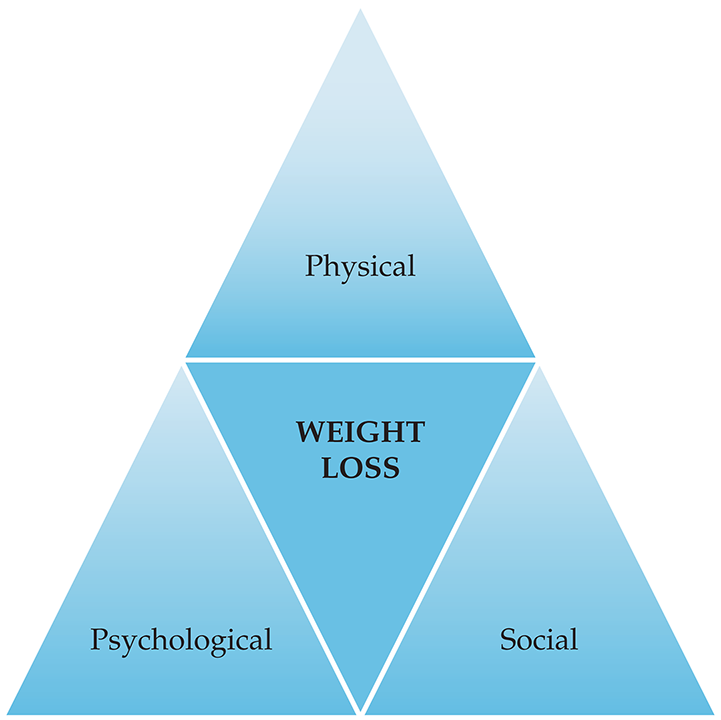
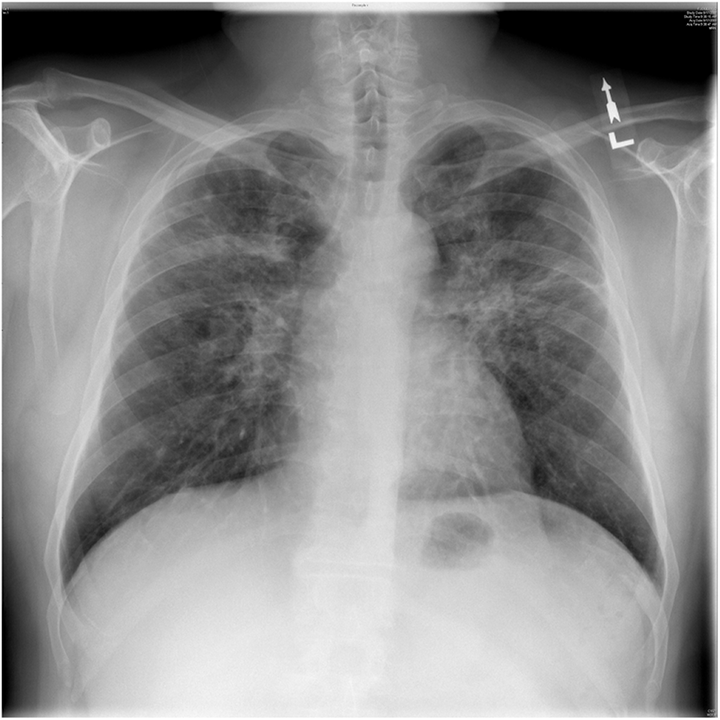
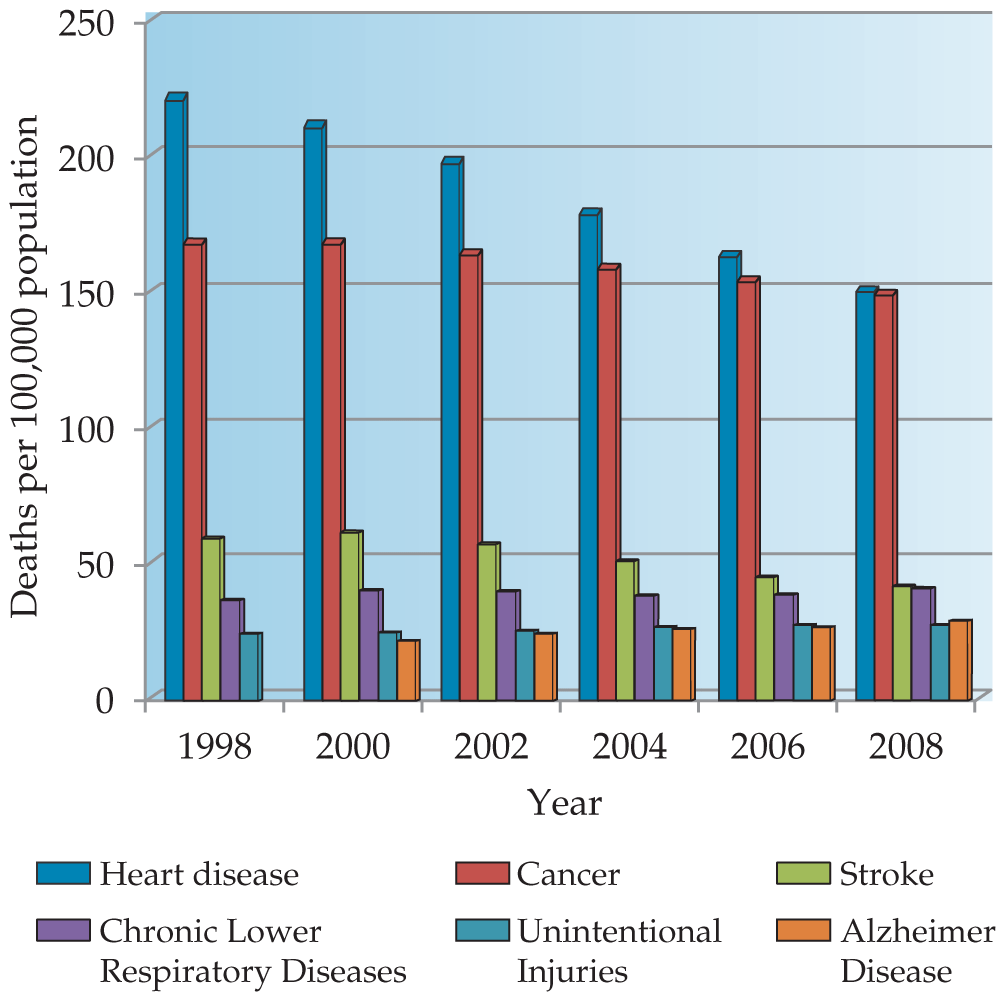
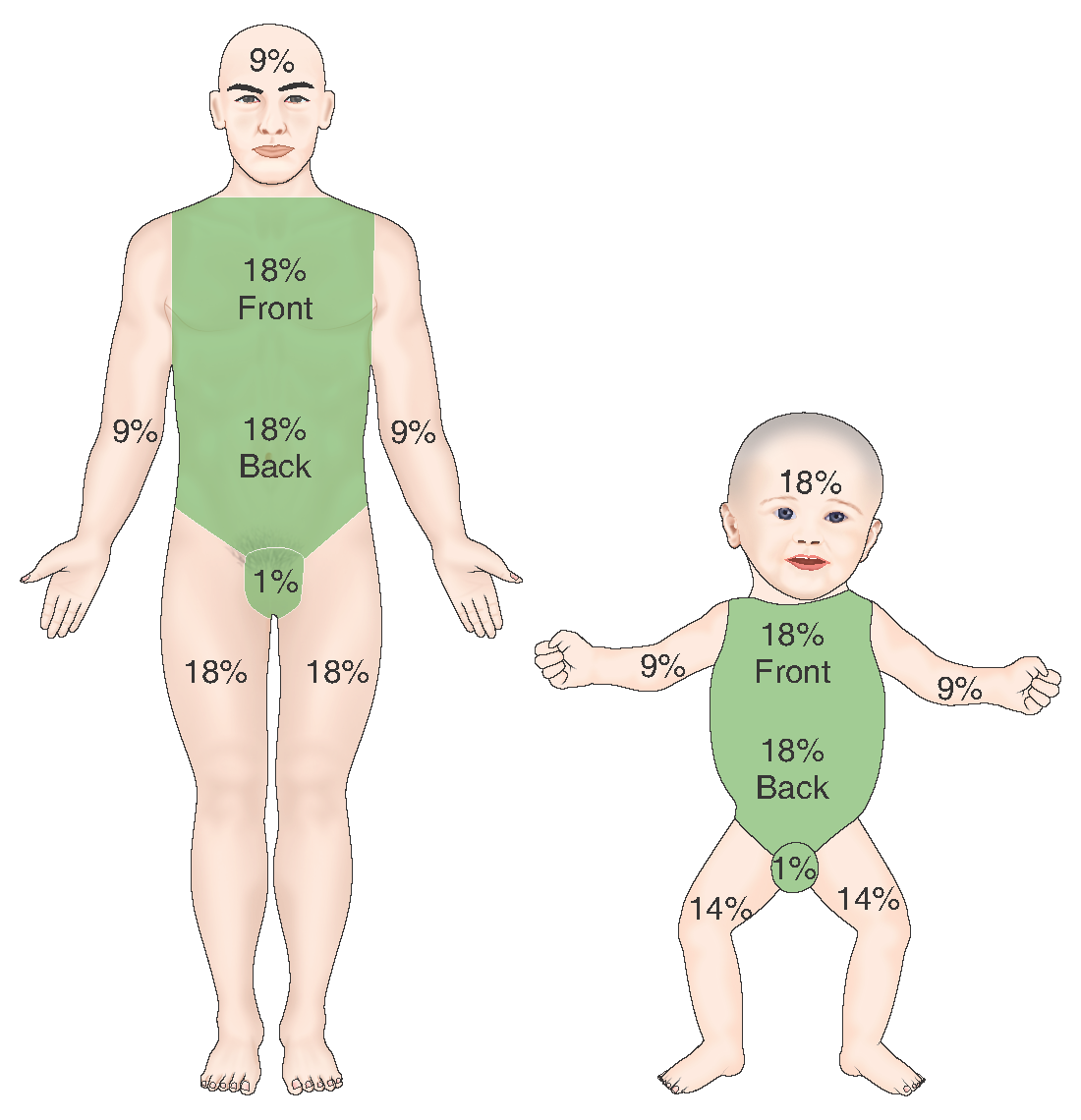
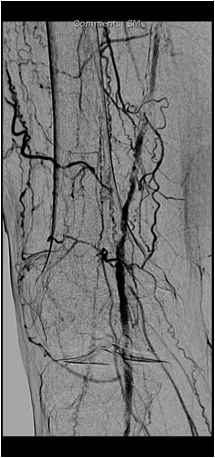
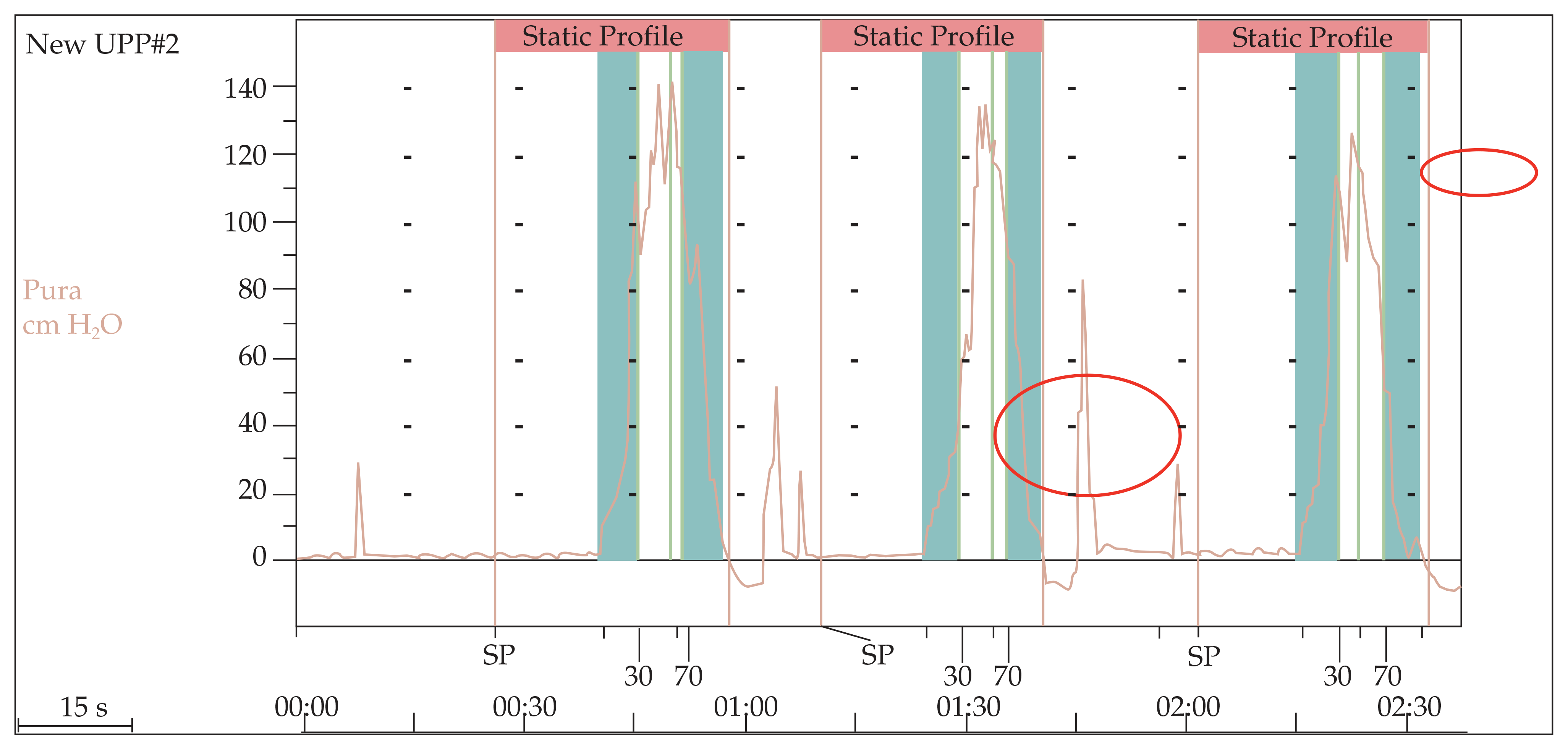

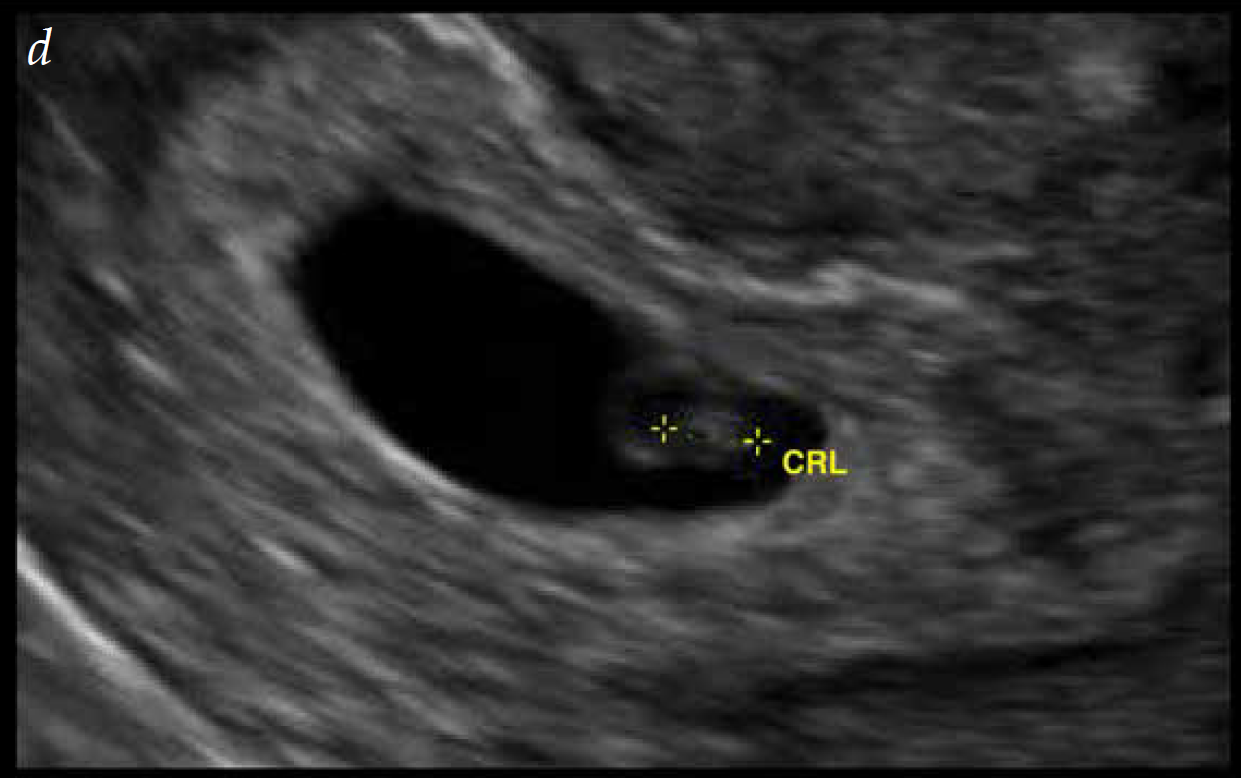


.png)







